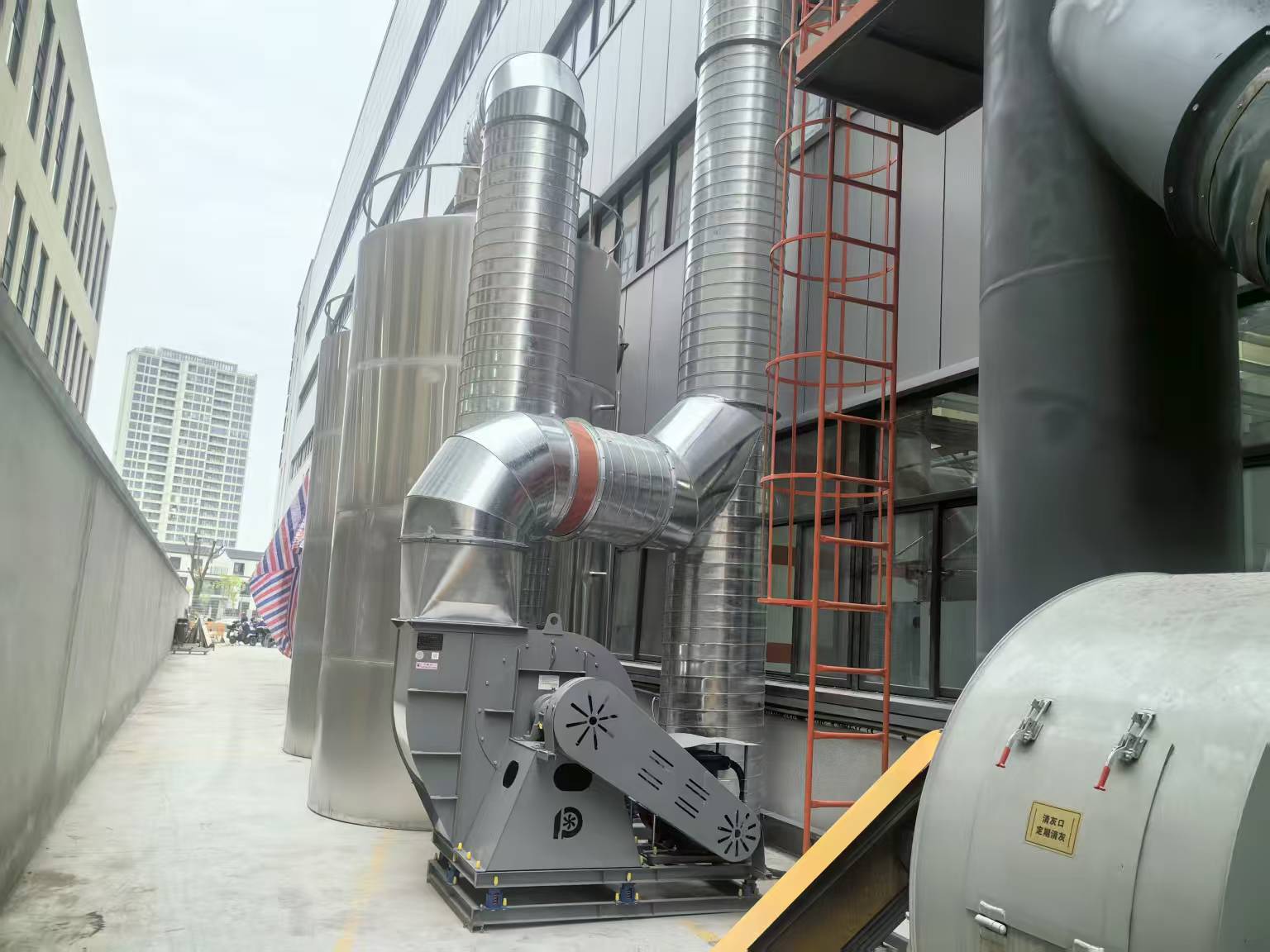Paint Spray Environmental Protection Equipment
Detailed Description of Paint Spray Environmental Protection Equipment

I. Working Principle
Paint spray environmental protection equipment primarily employs the following techniques to treat exhaust gases and paint mist generated during the spraying process:
-
Physical Adsorption: Activated carbon and other adsorbent materials are utilized to adsorb organic substances and particulate matter in the exhaust gases. Activated carbon, with its abundant microporous and mesoporous structures, can effectively adsorb organic solvent molecules.
-
Chemical Reaction: UV photolysis technology is applied, using high-energy ultraviolet light to decompose harmful substances in the exhaust gases into harmless carbon dioxide and water.
-
Filtration: Dry or wet filtration systems are employed to remove paint mist and dust. Dry paint mist filters use labyrinthine paint mist separation technology to slow down the organic exhaust gases and achieve uniform airflow distribution.
-
Catalytic Combustion: When the activated carbon reaches saturation, hot air is used to regenerate the activated carbon by desorption. The high-concentration organic exhaust gases produced during desorption are sent to the catalytic combustion bed for catalytic combustion. Under the action of a catalyst, the organic exhaust gases combust without a flame at a relatively low temperature, transforming into harmless carbon dioxide and water vapor.
II. Functions
-
Environmental Protection: Effectively removes harmful components from paint spray exhaust gases, reducing air pollution and protecting environmental quality.
-
Health Protection: Reduces the health hazards of paint spray exhaust gases to operators.
-
Legal Compliance: Helps enterprises meet environmental regulations and avoid fines for non-compliant emissions.
III. Application Scenarios
Paint spray environmental protection equipment is widely used in the following industries:
-
Automotive Manufacturing: Treatment of exhaust gases produced during automotive painting.
-
Furniture Manufacturing: Treatment of exhaust gases and paint mist during furniture surface painting.
-
Mechanical Manufacturing: Purification of exhaust gases after mechanical component painting.
-
Electronics and Electrical Appliances: Environmental protection treatment for painting on electronic device casings.
IV. Equipment Types
Based on different treatment methods, paint spray environmental protection equipment can be categorized into the following types:
-
Dry Spray Booth: Uses filtration nets to capture paint mist, with a simple structure and low operating costs.
-
Wet Spray Booth: Employs water curtains or spray systems to remove paint mist, achieving high purification efficiency.
-
UV Photolysis Equipment: Decomposes harmful substances in exhaust gases using high-energy ultraviolet light.
-
Activated Carbon Adsorption Equipment: Adsorbs organic substances in exhaust gases using activated carbon.
-
Catalytic Combustion Equipment: Heats exhaust gases to a high temperature to oxidize harmful substances.
V. Technical Features
-
High Purification Efficiency: Combines multiple technologies to achieve high purification efficiency and handle various harmful substances.
-
Energy-saving and Environmentally Friendly: Utilizes advanced techniques such as catalytic combustion and heat recovery to achieve efficient exhaust gas purification and energy recycling.
-
Stable and Reliable: The equipment is designed meticulously, using high-quality materials for good corrosion resistance and stability.
-
Strong Adaptability: Suitable for treating exhaust gases of different concentrations and types.
Paint spray environmental protection equipment holds significant importance in modern industrial production. It not only helps protect the environment and human health but also enables enterprises to meet increasingly stringent environmental regulations, achieving sustainable development.











